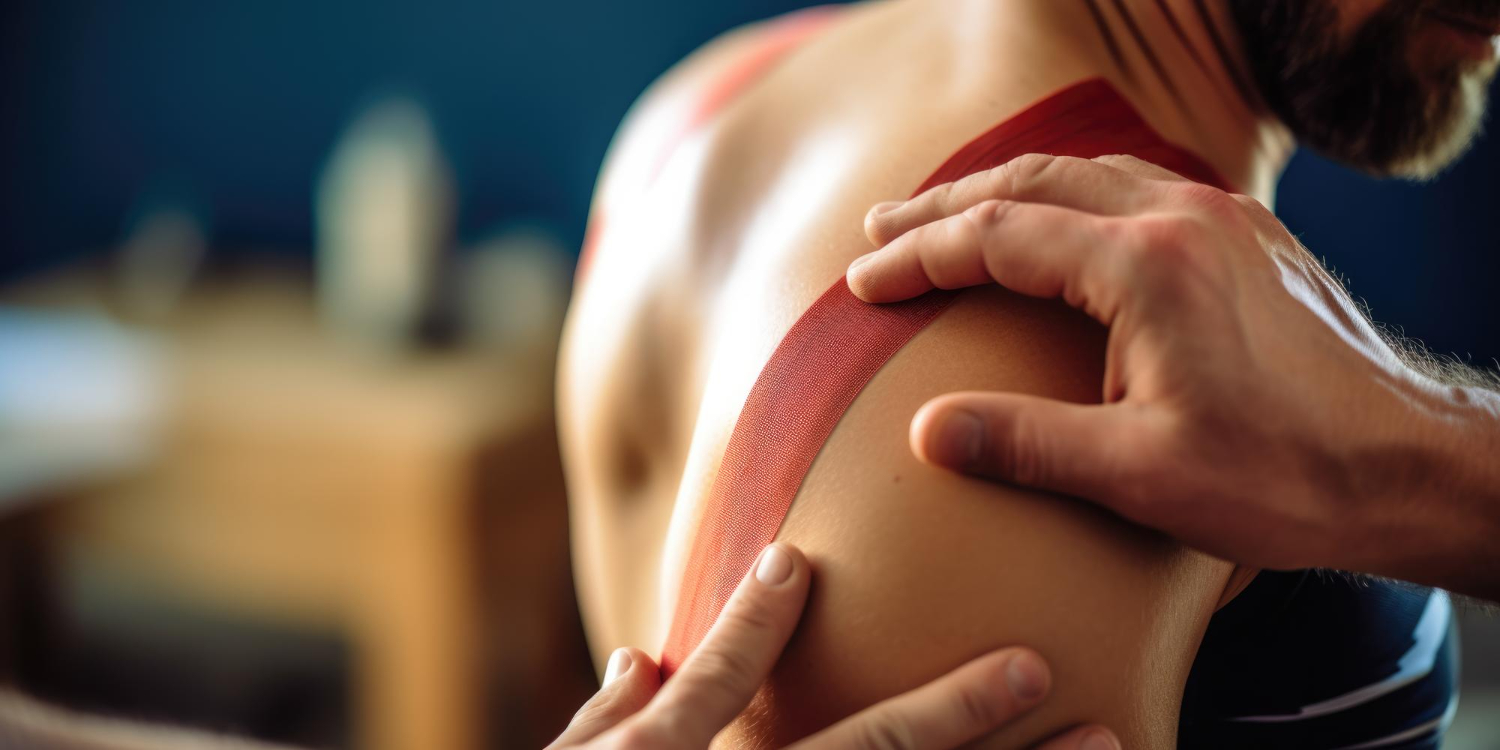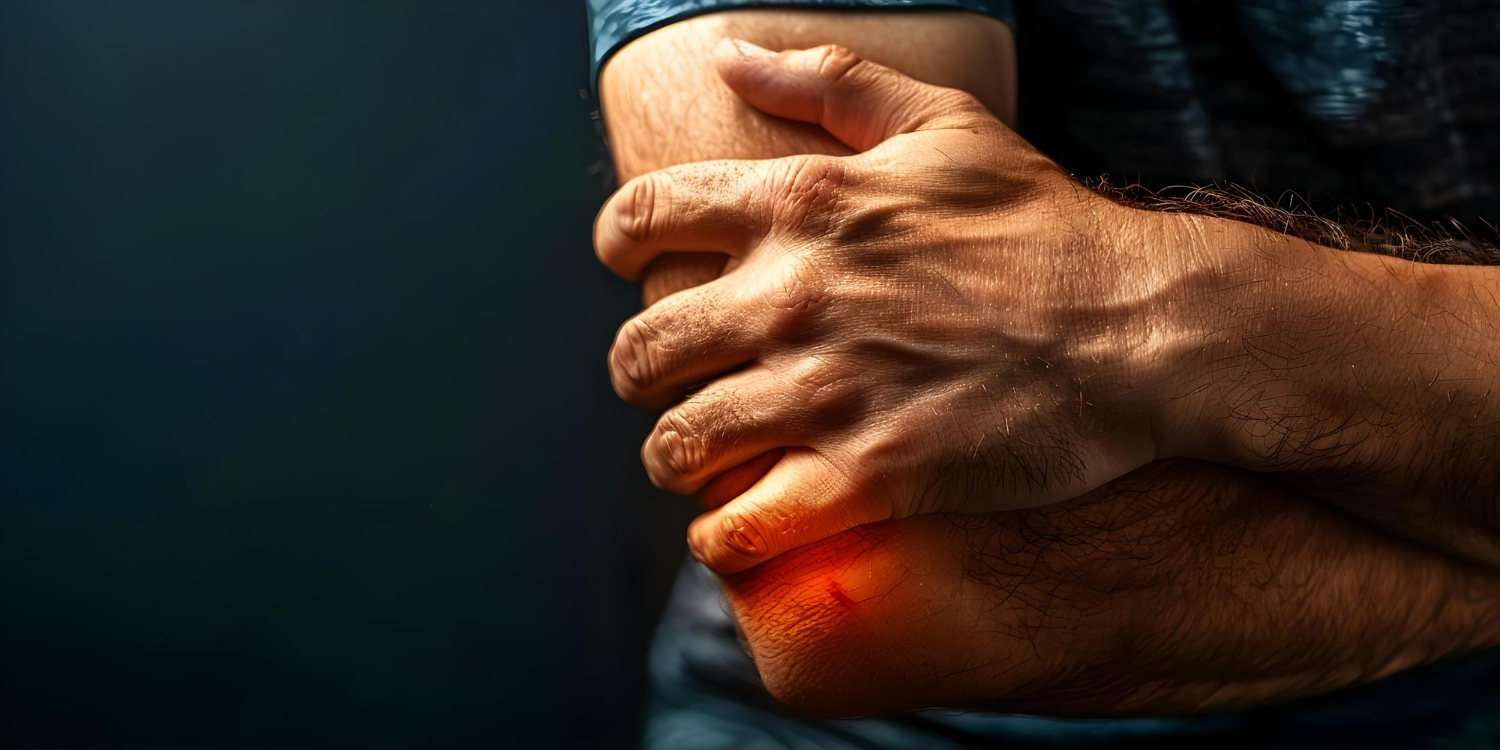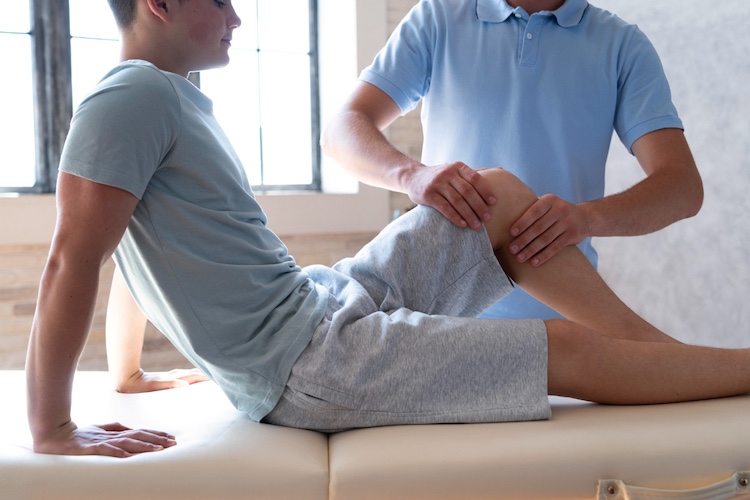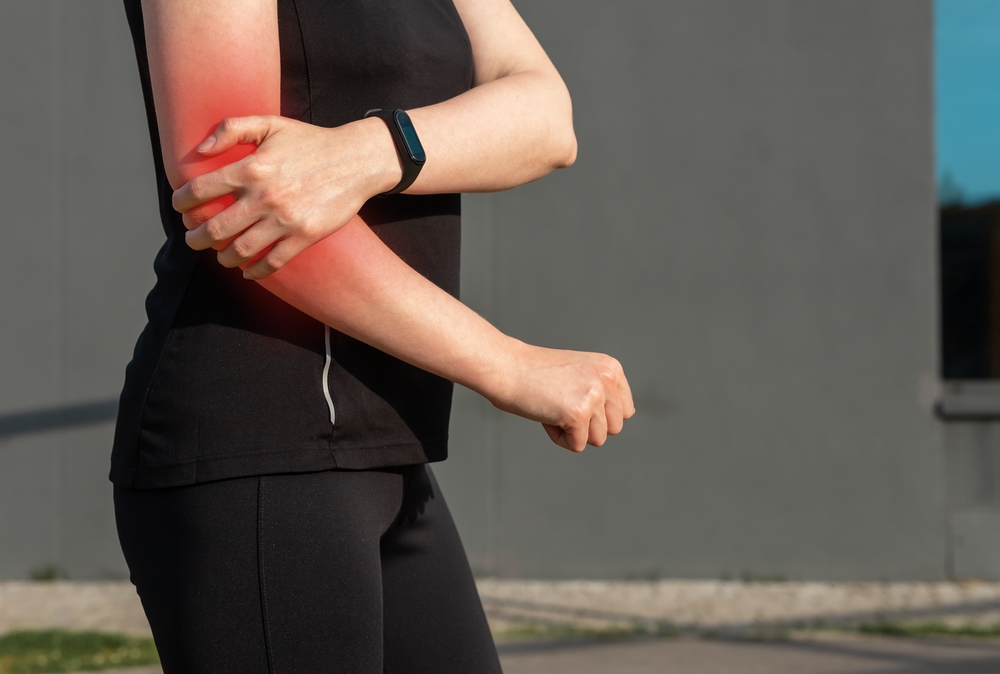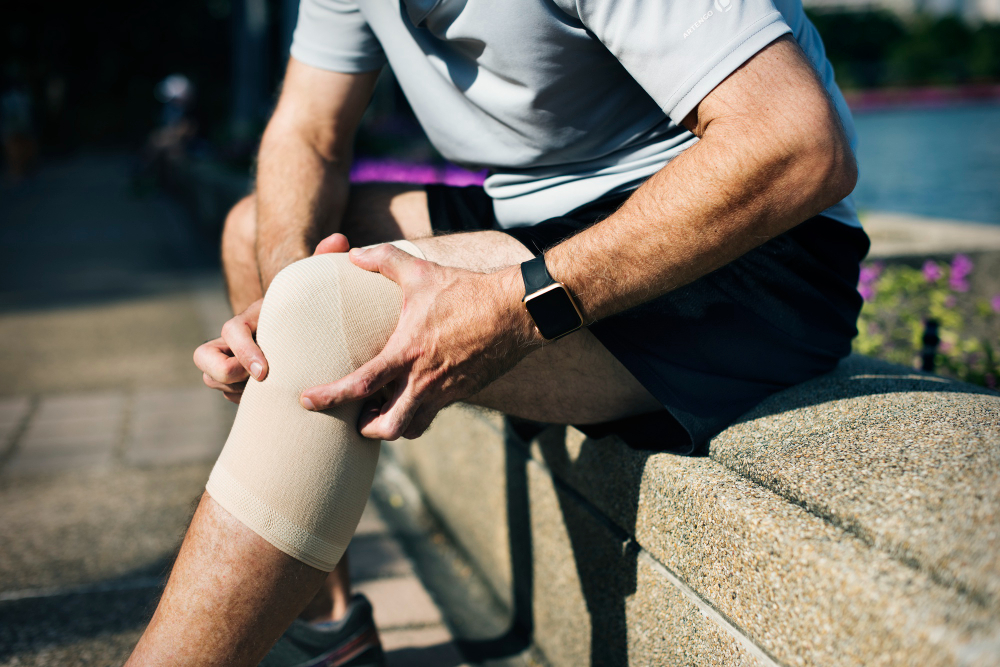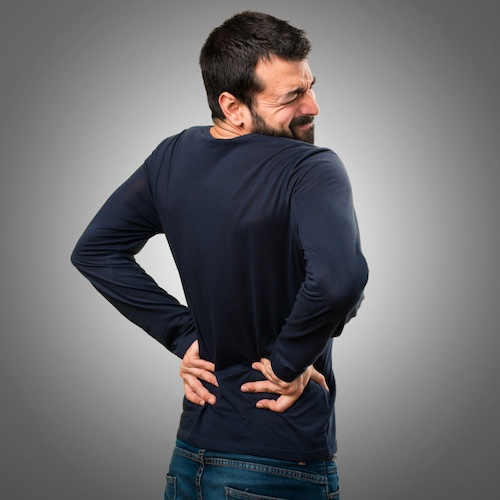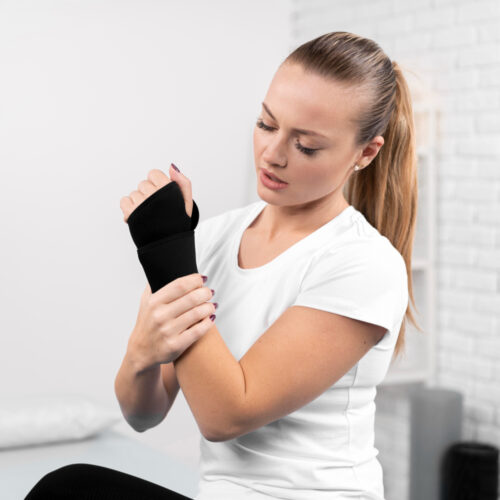Are you currently experiencing discomfort and pain in your elbow that is impeding your daily activities?
Tennis elbow, or lateral epicondylitis, is a prevalent condition that can be attributed to the repetitive use of the arm and forearm muscles.
This discussion will cover the fundamentals of tennis elbow, outlining its causes and associated risk factors.
An exploration of the various treatment options will be conducted, focusing particularly on the advantages of physical therapy for tennis elbow.
For those seeking a reputable physical therapy facility in Dubai for the treatment of tennis elbow, Vitruvian Italian Physiotherapy Center stands out as an excellent choice.
Further insights will be provided on what to anticipate during treatment and the role of physical therapy in alleviating pain and preventing future occurrences.
Discover how Vitruvian Italian Physiotherapy Center can aid in overcoming tennis elbow.
The Basics of Tennis Elbow
Tennis elbow, medically referred to as lateral epicondylitis, is a prevalent orthopedic condition characterized by the inflammation of the tendons surrounding the elbow joint. This ailment is frequently attributed to repetitive movements that exert undue stress on these tendons, leading to discomfort and impaired functionality in the affected area.
What is Tennis Elbow?
Tennis elbow presents with symptoms of pain and tenderness on the outer aspect of the elbow, typically diagnosed through a clinical assessment and thorough patient medical history review.
Healthcare providers may also perform physical examinations to evaluate the specific movements or actions that provoke the discomfort. In some cases, X-rays or MRI scans may be utilized to eliminate alternative causes of elbow pain.
Accurate assessment of the severity of tennis elbow is vital in customizing an appropriate treatment regimen. Severity levels are typically determined based on the duration and intensity of symptoms, as well as the impact on daily functions. Understanding the level of elbow discomfort enables healthcare professionals to recommend the most suitable interventions, ranging from rest and physical therapy to more aggressive interventions like corticosteroid injections or surgical procedures in cases of severe presentation.
Causes and Risk Factors
The primary etiologies of tennis elbow involve repetitive movements, particularly prevalent in racquet sports, which can result in the overuse of the forearm muscles.
Activities such as continuous gripping and twisting of the wrist during tennis or other racquet sports can lead to strain on the tendons in the elbow, causing micro-tears and inflammation. Likewise, professions that entail repetitive actions, such as carpentry, plumbing, or painting, also pose a risk for the development of tennis elbow.
It is imperative to be cognizant of these activities and proactively implement preventive measures, such as adequate warm-up routines before engaging in physical tasks, utilizing appropriate equipment, and maintaining proper posture during work, to mitigate the likelihood of acquiring this debilitating condition.
Tennis Elbow Treatment Options
Multiple treatment modalities for lateral epicondylitis prioritize pain management and functional restoration, with physical therapy and physiotherapy emerging as highly efficacious interventions.
Physical Therapy for Tennis Elbow
Physical therapy for tennis elbow involves a multifaceted approach that integrates physiotherapy techniques and exercise rehabilitation to enhance the strength of the affected muscles and ameliorate joint functionality.
Physical therapists assume a critical role in formulating personalized treatment plans for individuals afflicted with tennis elbow. Modalities such as ultrasound, electrical stimulation, and ice/heat therapy are frequently employed to mitigate pain and inflammation. Manual interventions, including massage and joint mobilizations, serve to enhance circulation and flexibility in the affected region. Exercise rehabilitation targets specific strengthening and stretching routines to foster recovery and forestall future injuries. The primary objective is not only to alleviate symptoms but also to address the fundamental origins of tennis elbow.
Benefits of Physical Therapy for Tennis Elbow
Physical therapy for tennis elbow provides a variety of advantages, such as alleviating pain, enhancing muscle strength, improving flexibility, and reducing muscle weakness.
Pain Relief and Improved Function
The principal objective of physical therapy for tennis elbow is to achieve pain relief and enhance joint function, often accomplished through the utilization of therapeutic agents and manual treatments. Therapeutic agents, such as ice packs, heat therapy, and transcutaneous electrical nerve stimulation (TENS), are frequently utilized to mitigate inflammation and alleviate discomfort in the affected region. Specific manual techniques, including massage, stretching exercises, and strengthening exercises, are pivotal in augmenting mobility and restoring functionality to the elbow joint. By employing a blend of these methodologies, physical therapists strive not only to effectively manage pain but also to expedite the healing process and enhance overall joint function in individuals with tennis elbow.
Preventing Recurrence
Preventing the recurrence of tennis elbow requires a comprehensive approach that integrates exercise rehabilitation and strength training to facilitate sustained recovery and mitigate the likelihood of future injuries.
Sustained engagement in exercise rehabilitation is pivotal for upholding the flexibility and strength of the muscles and tendons surrounding the elbow joint. Through adherence to a personalized exercise regimen, individuals can enhance their overall physical condition and avert overuse injuries. Targeted strengthening exercises focused on the forearm muscles aid in cultivating endurance and stability, thereby diminishing the stress on the elbow during repetitive movements. Lifestyle adjustments, including adherence to proper ergonomics and avoidance of activities that exacerbate symptoms, are imperative in forestalling the exacerbation of tennis elbow.
Choosing a Physical Therapy Center in Dubai
Choosing the appropriate physical therapy facility in Dubai is essential for the successful treatment of tennis elbow. The proficiency of certified physiotherapists and physical therapists at Vitruvian Italian Physiotherapy Center positions it as a premier option.
Why Choose Vitruvian Italian Physiotherapy Center?
The Vitruvian Italian Physiotherapy Center in Dubai has built a strong reputation for its specialized tennis elbow treatment, which includes advanced techniques such as eccentric training designed to optimize recovery.
The center’s team of experienced physiotherapists develop personalized treatment plans for each patient, with a focus on pain relief and enhancing range of motion. Vitruvian employs a holistic approach that incorporates state-of-the-art technology, such as ultrasound therapy and shockwave therapy, to expedite the healing process. Patients receive customized exercise regimens aimed at fortifying the affected area and minimizing the risk of future injuries.
The center’s commitment to delivering exceptional tennis elbow management services has established it as a frontrunner in the field of sports injury rehabilitation, attracting athletes and active individuals in search of high-quality care.
What to Expect During Treatment
At the Vitruvian Italian Physiotherapy Center, patients can anticipate a comprehensive approach to treatment that encompasses enhancing blood circulation, utilizing both passive and active exercises, and receiving personalized care plans.
The therapists at the center prioritize customizing treatment plans to meet the unique needs of each individual, guaranteeing that every session is tailored for optimal advancement. Various techniques, including manual therapy, targeted stretching, and specialized equipment, are applied to facilitate recovery and enhance mobility.
Patients can also expect educational components aimed at instructing them on proper body mechanics and exercises to sustain their progress beyond therapy sessions. The holistic approach at the Vitruvian Italian Physiotherapy Center is designed not only to address existing concerns but also to proactively prevent future injuries and promote overall well-being. To learn more about Tennis Elbow Treatment, please visit our dedicated page here: Tennis Elbow Treatment
